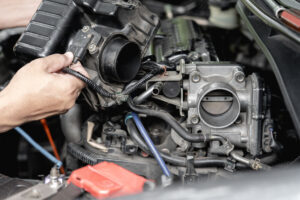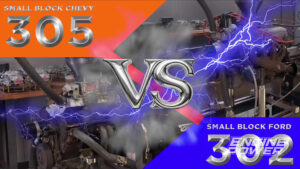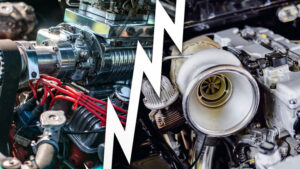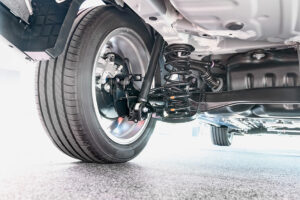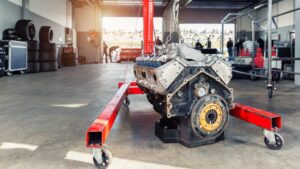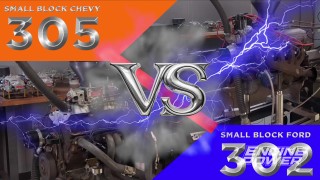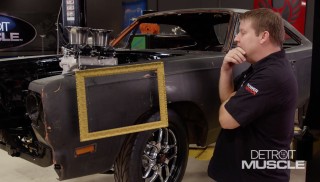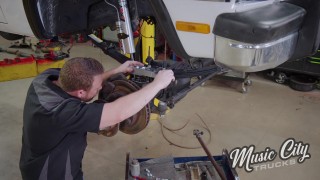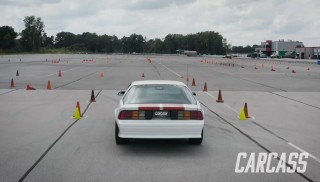Pushrod vs. Overhead Cam Engines: Which One Rules the Road?
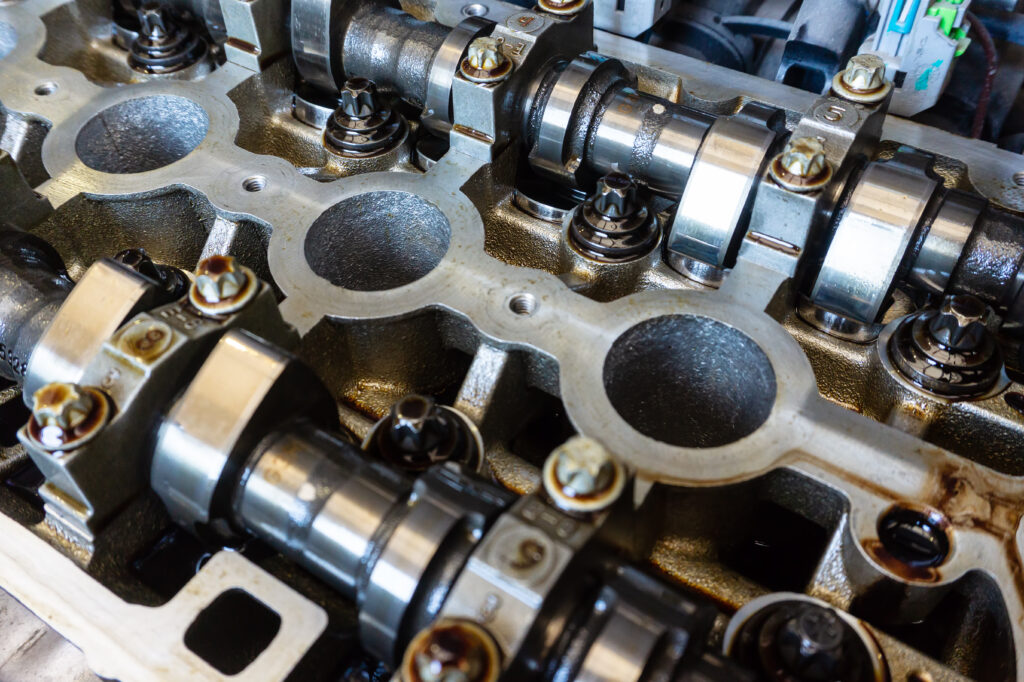
Gearheads have debated pushrod and overhead camshaft (OHC) engines for decades. Whether you’re building a high-revving street machine, a tow rig, or a weekend warrior, the valvetrain design plays a big role in performance, reliability, and even cost. Let’s break down the differences and see which setup is the right choice for your build.
Table of Contents
What’s the Difference?
At the heart of every internal combustion engine is a system that opens and closes the intake and exhaust valves. That system is controlled by a camshaft, but the way the camshaft interacts with the valves defines the difference between pushrod and overhead camshaft engines.
- Pushrod Engines (also called OHV – Overhead Valve engines) have a camshaft located inside the engine block. The cam lobes push lifters, which move pushrods that rock the rocker arms, ultimately opening and closing the valves.
- Overhead Cam (OHC) Engines place the camshaft (or camshafts) directly in the cylinder head, eliminating the need for pushrods. Single overhead cam (SOHC) engines use one cam per head, while dual overhead cam (DOHC) setups run two per head.
Now, let’s look at the pros and cons of each design.
Pushrod Engines: Old-School Muscle
Pros:
- Compact Size: With the camshaft inside the block, pushrod engines are typically shorter and smaller than OHC engines, making them a great fit for tight engine bays or classic muscle car swaps.
- Low-End Torque: Pushrod engines are known for delivering strong torque at low RPMs, making them ideal for trucks, off-road rigs, and street-driven performance cars.
- Simple and Durable: Fewer moving parts mean fewer failure points. Pushrods are straightforward, proven, and built to take abuse.
- Easier to Modify: Pushrod engines, especially small-block and big-block V8s from GM, Ford, and Mopar, have decades of aftermarket support with countless performance upgrades.
Cons:
- Limited RPM Potential: The added mass of pushrods and lifters makes high-revving performance trickier. Valve float becomes an issue at high RPMs unless you upgrade to heavy-duty springs and valvetrain components.
- Less Efficient: The extra moving parts create more friction and weight, which can slightly reduce efficiency compared to modern OHC engines.
- Camshaft Access: Since the cam is buried in the block, swapping it out requires more teardown compared to OHC designs.
Popular Pushrod Engines:
- Chevy Small Block (350, LS Series, LT Series)
- Chrysler HEMI (5.7L, 6.4L, Hellcat 6.2L)
- Ford 302 & 351 Windsor
Overhead Cam Engines: High-Tech Power
Pros:
- Higher RPM Potential: With fewer moving parts in the valvetrain, OHC engines can rev much higher. That’s why most modern performance cars, including Ferraris and turbocharged imports, use OHC setups.
- More Valve Control: Overhead cams can use variable valve timing (VVT) more efficiently, improving fuel economy and performance across a wider RPM range.
- Better Breathing: OHC engines typically allow for larger valves, multi-valve designs (like four valves per cylinder), and more precise valve timing, leading to better airflow and power potential.
Cons:
- Bigger and Heavier: Overhead cam engines require more space due to the camshafts and timing components, which can make engine swaps more challenging.
- More Complexity = More Maintenance: OHC engines have additional parts like timing belts or chains, tensioners, and more intricate heads, increasing the likelihood of costly repairs if something fails.
- Torque at Higher RPMs: While OHC engines can make impressive peak horsepower, they often need to rev higher to hit their power band, which isn’t always ideal for towing or street performance.
Popular Overhead Cam Engines:
- Ford Modular (4.6L, 5.0L Coyote, 5.2L Predator)
- Toyota 2JZ-GTE (Legendary inline-six)
- Honda K-Series (High-revving VTEC magic)
Which One Should You Choose?
If you’re building a muscle car, street rod, or torque-hungry truck, pushrod engines offer a tried-and-true formula that’s simple, compact, and packed with low-end power. That’s why pushrods still dominate NASCAR, NHRA drag racing, and GM’s LS and LT-powered performance cars.
On the flip side, if you’re chasing high-RPM power, turbocharged efficiency, or cutting-edge tech, an overhead cam engine might be the way to go. OHC engines thrive in modern sports cars, imports, and anything designed for smooth, high-revving performance.
No matter which side of the debate you land on, both designs have their place in the world of performance. Whether you’re wrenching on a classic small-block Chevy or tuning a twin-turbo DOHC beast, the key is finding the right engine for your build.
